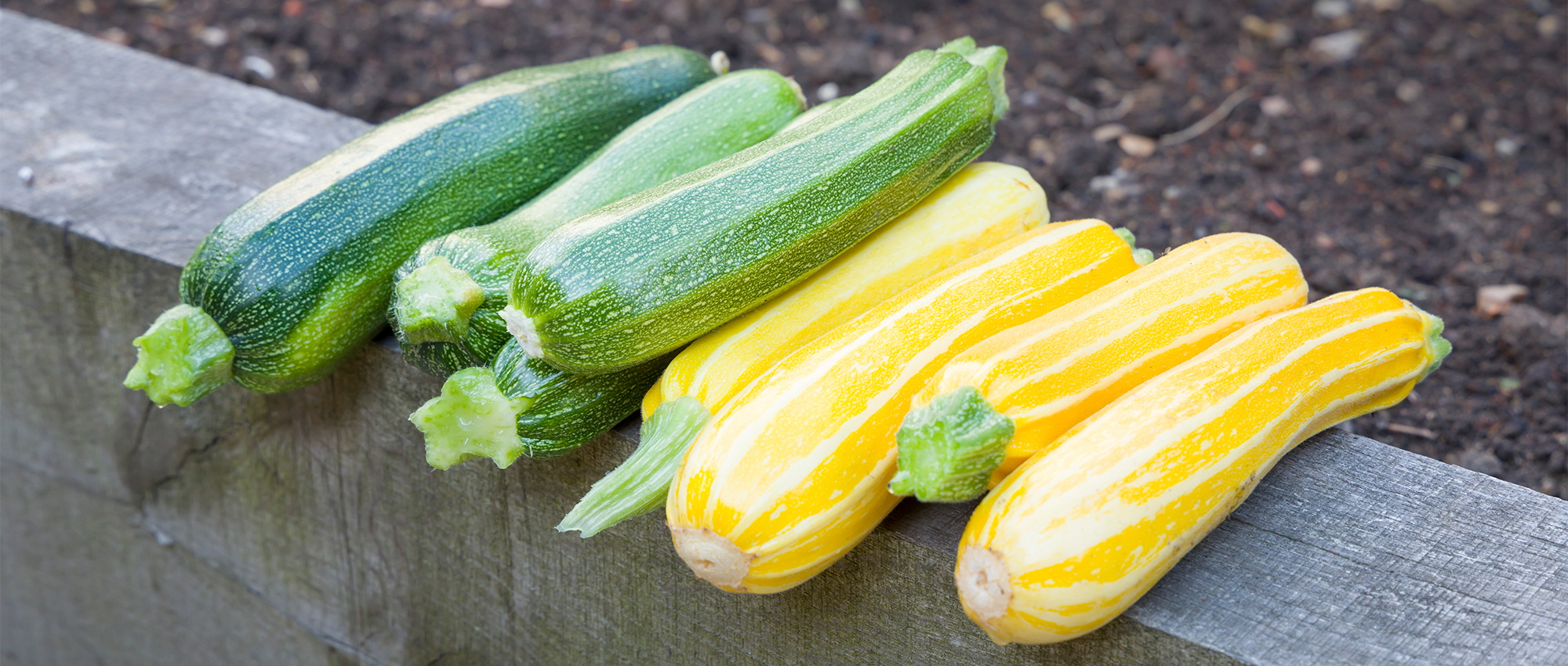One of our Ottery St Mary experts Jo Morse tells us some of her top gardening tips for the month of August.
August Gardening Tips from Jo
Pruning
There’s confusion when it comes to pruning Wisteria – some people think twice a year in autumn and late winter, others say prune back to 7 buds in winter and 3 in spring. So what is the correct advice? Here at Otter we think two prunes is correct. But one of these should be taking place now. In July and August you should be pruning your Wisteria by removing the whippy stems that seem to suddenly appear. If you prune these now, you will control the size of your Wisteria and promote the production of flower buds rather than green growth next year. We also recommend pruning back to 2 or 3 buds in January or February.
August is also an ideal month to prune shrubs including Hypericum, Philadelphus – such as Mock Orange – and Buddleia. This will help to keep the shrubs in shape, and strengthen them for better flowering in the future.
Plums and cherries can suffer from silver leaf so the advice is don’t prune in winter. By pruning in August when the tree has fruited you can actually help prevent infection. You can prune in August when the tree has fruited. Prune back new growth by half, above the fruit. You can also prune out any weak or competing branches.
Lawncare
Continue with mowing and keep the blades higher. Keeping the grass a little longer helps to retain the moisture in the ground that the grassroots need – these will also help prevent weeds from coming up.
There’s always the chance of rainy days during August, so if your lawn has a sudden growth spurt you can always take the blades lower again.
Water and feed
Continue watering and feeding your plants throughout August, particularly container plants. Use a mixed potash feed for flowers, and a liquid tomato feed for vegetables and tomatoes.
Watering is best done at dawn or later in the evening, partly to make sure the water doesn’t evaporate in the heat of the day before it reaches the roots, and partly to avoid scorching leaves. Generally it’s best to water at the bottom of the plant and avoid the leaves and flowers.
Deadheading
If you deadhead regularly bedding and herbaceous plants these will produce more blooms, prolonging your pretty displays. This can be time consuming especially when deadheading tiny flowers, but it’s worth it when the plants burst into life again. You can use secateurs or just deadhead by hand.
Some plants, like lupins, geraniums and delphiniums can have a second wind if you cut them right back after flowering. Cut back your lavender, too.
On the allotment
You’ve put the effort into growing vegetables – don’t neglect to pick it and eat it! In August you should be enjoying beans, courgettes (pick them before they turn into marrows), salad leaves and potentially your maincrop potatoes.
Summer fruit like raspberries, strawberries, blackberries, blueberries and early apples can be enjoyed for your al fresco meals – there’s nothing quite like the taste of fruit freshly picked.
Wildlife
This is the time of year when it’s important to make sure that wildlife has access to fresh water. Hopefully, you’ve been doing this all summer, but it’s a good idea to clean your birdbaths and any containers you’ve left out around the garden.
You may see discoloration in the bottom of the birdbath – often this is algae which is not good for the birds. Ideally, clean the birdbath two or three times a week – some people like to use white or apple cider vinegar in a solution (eg one part vinegar to nine parts water). If the algae doesn’t shift you can leave the solution to soak before rinsing thoroughly with a watering can or hosepipe.




 Facebook
Facebook YouTube
YouTube Instagram
Instagram